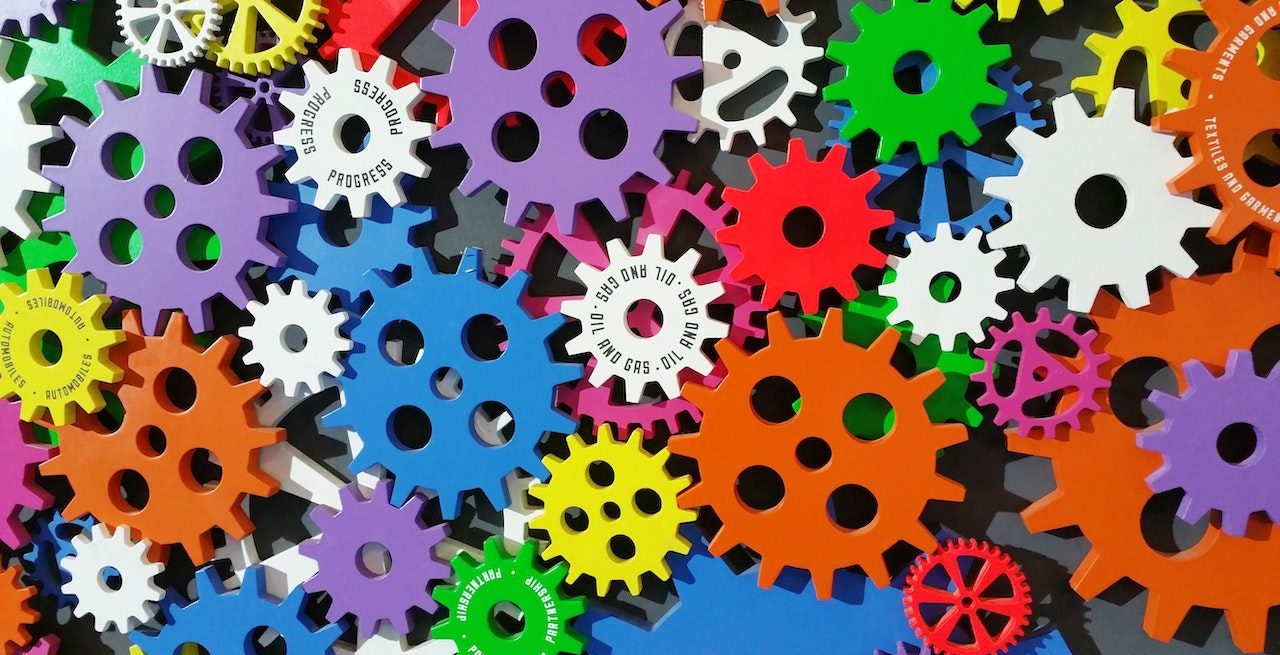Automation in the Food Industry (Infographic)
3 Min Read By Buffy Hagerman
People are fallible, so it makes sense to use machinery and automated processes whenever possible, especially when it comes to repetitive behavior and tasks that are mission-critical with time sensitivities.
The food industry is always keeping an eye on deadlines, with perishables that need to be harvested rapidly and processed for canning or freezing, or for rapid delivery to restaurants, supermarkets and other institutions. Automation can aid in many areas of the industry, from enhanced, more uniform nut processing by machines to fast food meals prepared by robots.
Indeed, the increased use of automation in the food and restaurant industry has helped businesses improve their supply chain, protect their employees and reduce overall costs. Read on to learn more about the impact and future of automation in the food industry.
Why Companies Are Moving Toward Automation
Improving the bottom line is a major motivator for businesses to start with automation. Industry experts anticipate that the automation market for food will grow exponentially to $29.4 billion by 2027. About 75% of food services could become automated fairly soon.
Companies want automation because it can help them better track their materials and products, which is essential for riding herd on supply chain partners. Tracking also helps in cases when speed is of the utmost importance, such as a food product recall. Automation is instrumental in reducing errors caused by humans, and it is designed to bring down operating costs, since machines don’t take vacations or need time off for illness.
How Different Kinds of Automation Function in the Food Sector
Apps
It’s no secret that many hungry people are relying on food delivery apps to have food brought to them on demand, using a smartphone. For example, KFC partnered with Appinventiv to develop a food delivery app allowing folks to watch their order’s delivery status. It received two million downloads, and its popularity was confirmed by a 28 percent conversion rate. Apps can work for small restaurants as well as chains. They can encourage diners to frequent your establishment more often, even if only “virtually.”
Kiosks
You can think of a kiosk as an enormous smartphone display, since customers will interact with it the same way as the device they keep in their pocket. People can place orders instead of getting in line for a cashier in fast food venues, or at their seats instead of waiting for a server to ask what they want.
Cooking
Automation has a place in the back of the house. Restaurants employ robots to take care of tasks that rely on low skills or are mind-numbingly boring.
You’ll find kitchen robots helping out in restaurants, preparing spice blends, turning over hamburgers, tending to french fry deep fryers and doing all the slicing, dicing and chopping of food prep. White Castle was an innovator with its Flippy burger-grilling machine, which can tell the difference between spatulas for raw food and cooked food, and whether French fries or chicken have finished frying.
Delivery
In addition to restaurants harnessing smartphone apps to help connect with customers, they are also turning to robots to improve their options for delivering food. Small robots are starting to appear on city streets, especially near universities and colleges. For instance, Ohio State University has a fleet of 50 self-driving rovers transporting meals across campus. Meanwhile, the Domino’s Pizza chain is investing in a self-driving pizza delivery vehicle.
Many Paths to Automation in the Food Sector
There are many options available to help your company if you’re just getting started with automation. It’s a good idea to think about what the main benefits would be to your business, so you can prioritize how to begin the automating processes. You might want to add automation to speed up prep work in the kitchen, for example, or consider using robots to deliver meals to nearby businesses at lunchtime.
For more information on automation in food and how it can help your business, please take a look at the accompanying resource.



